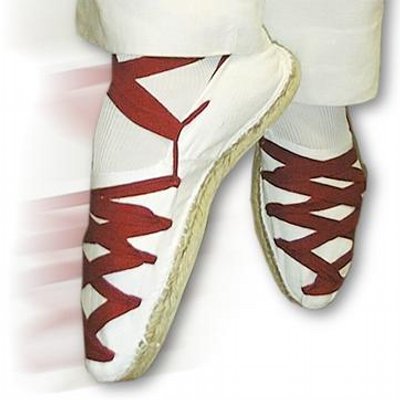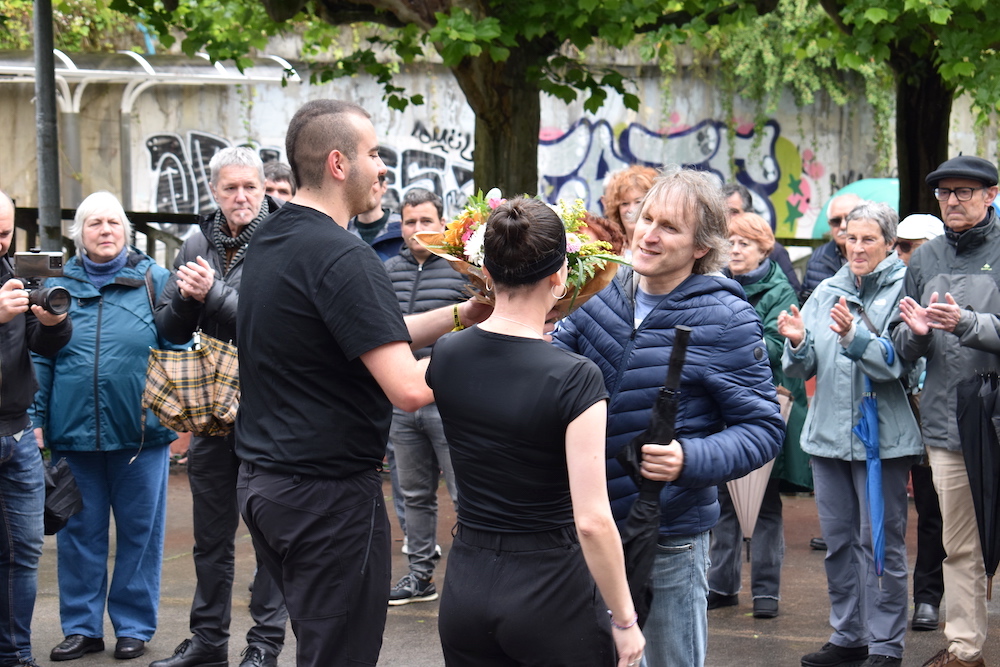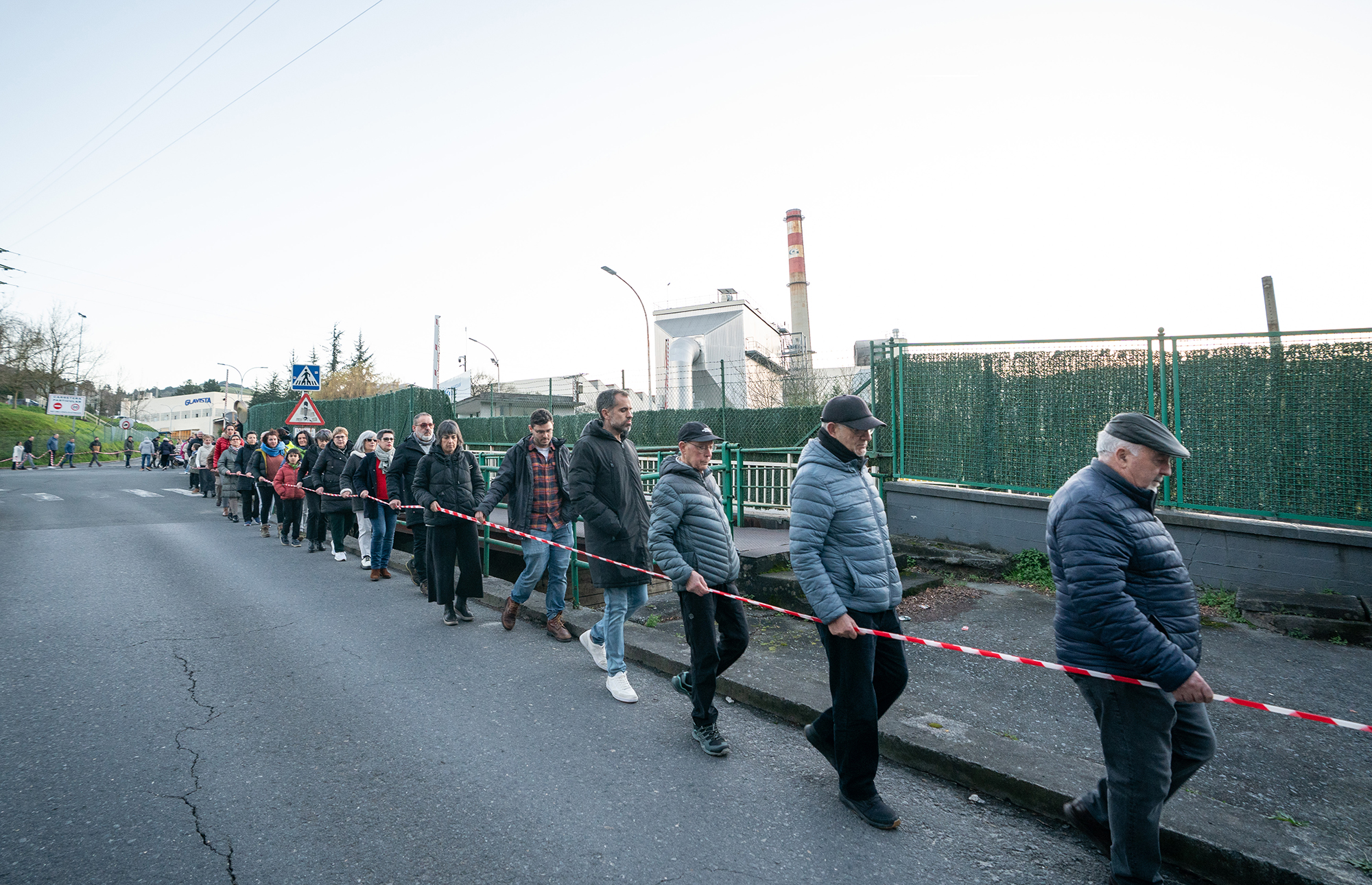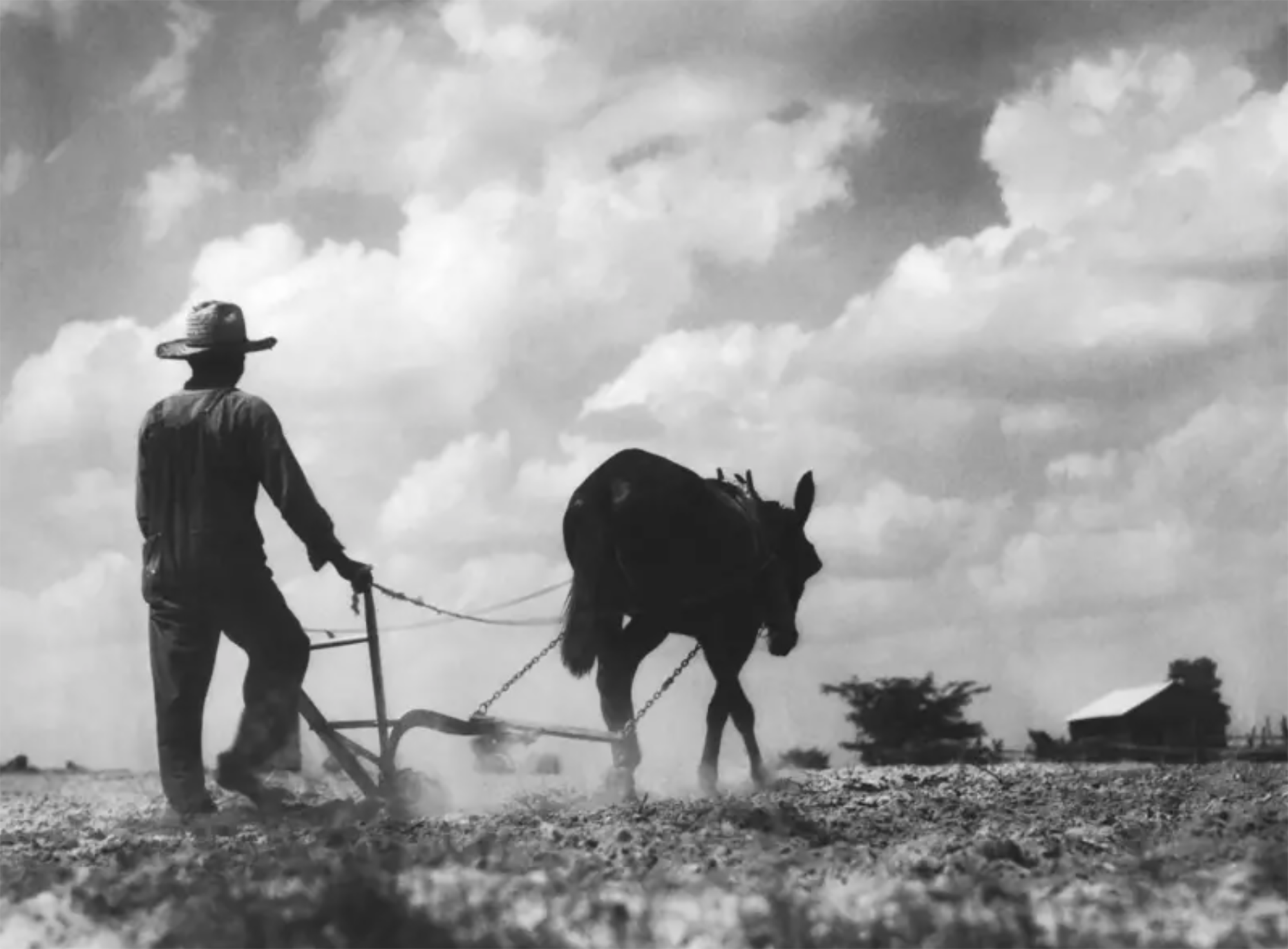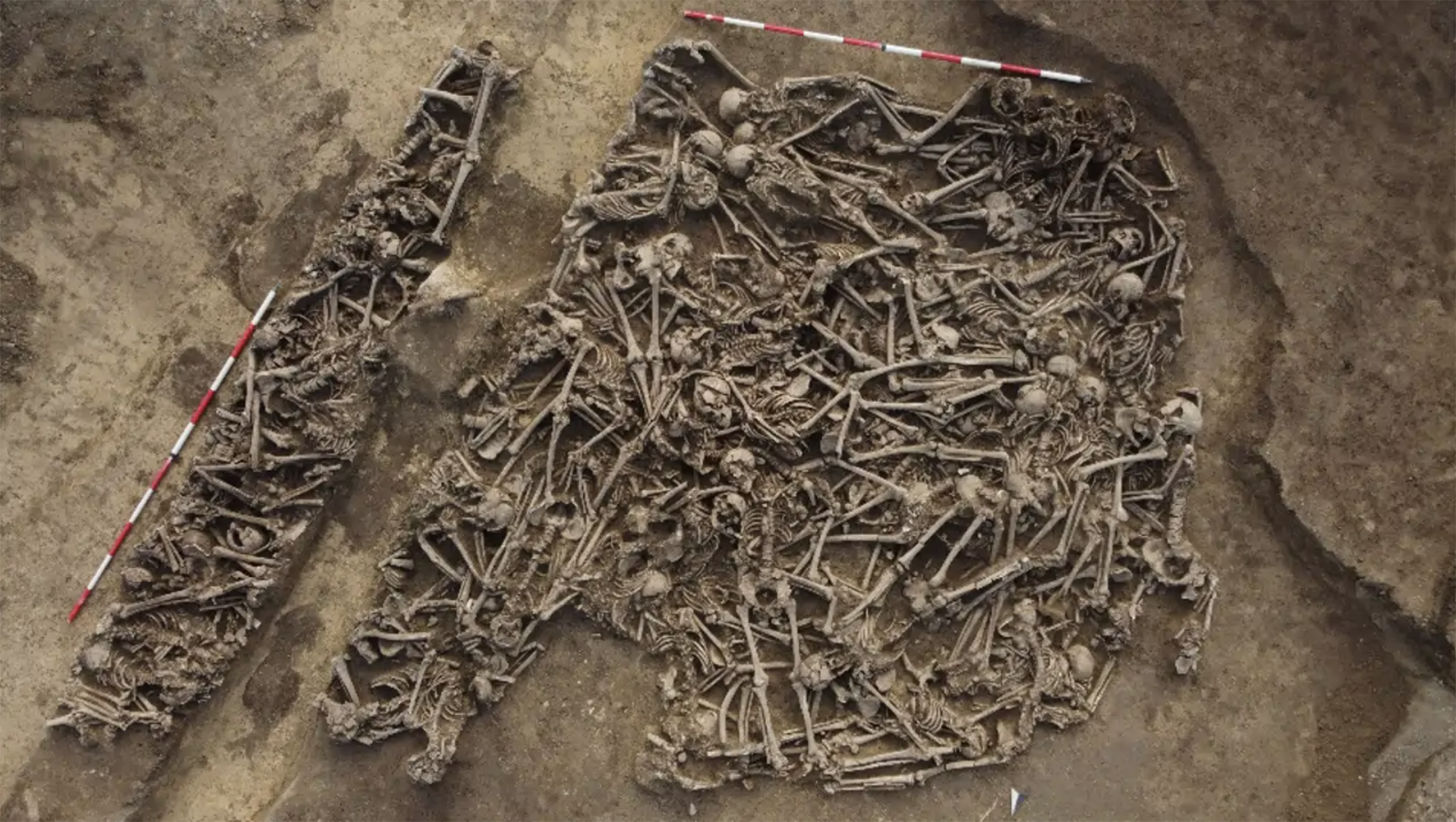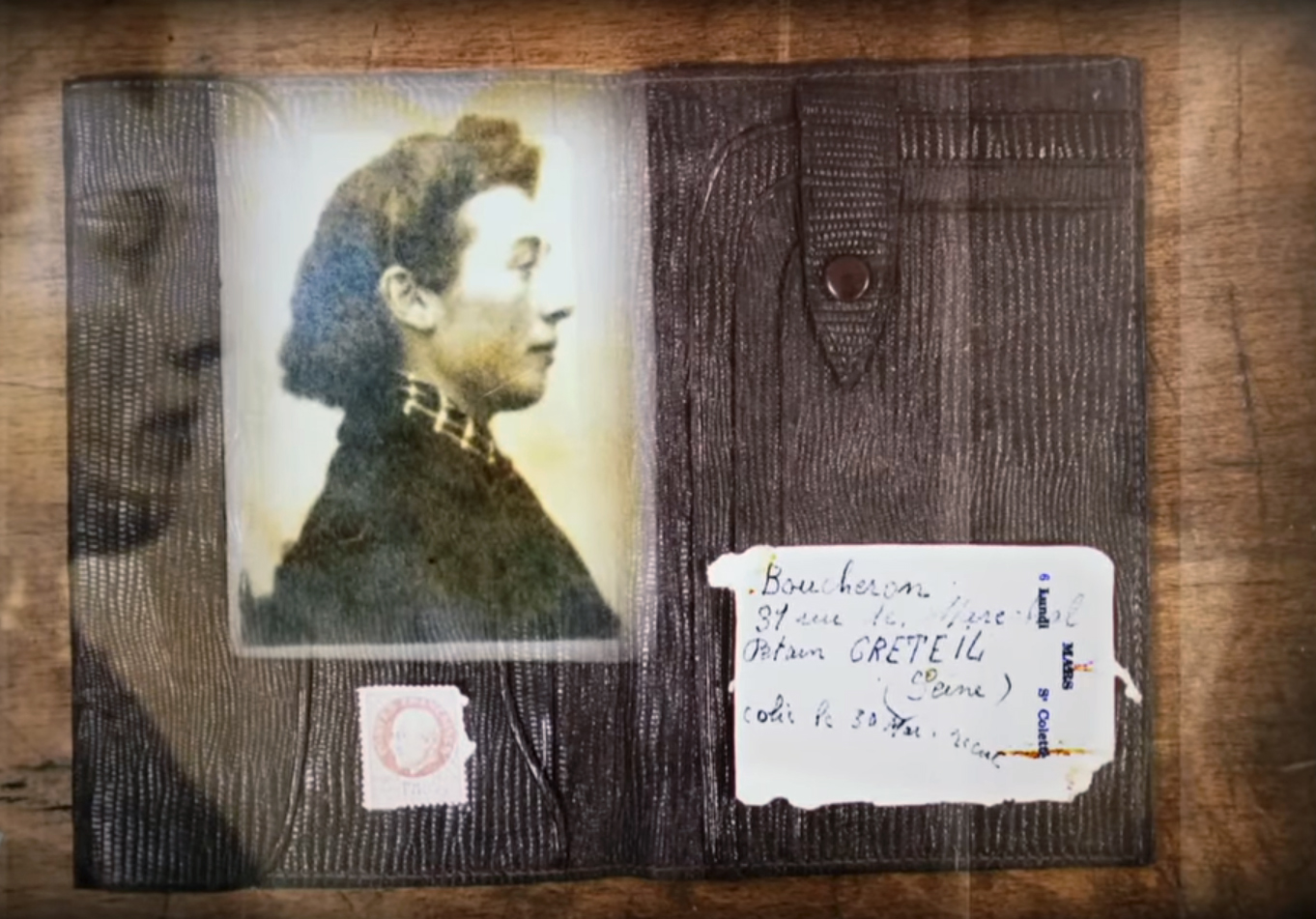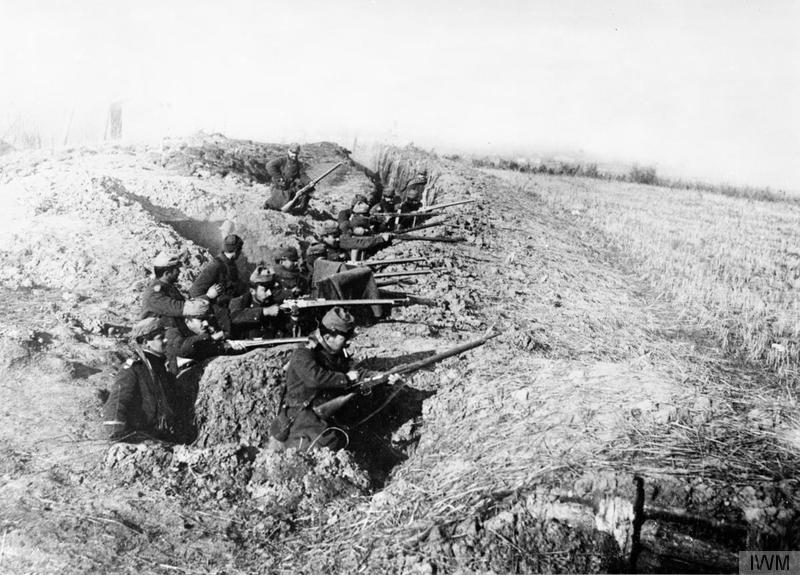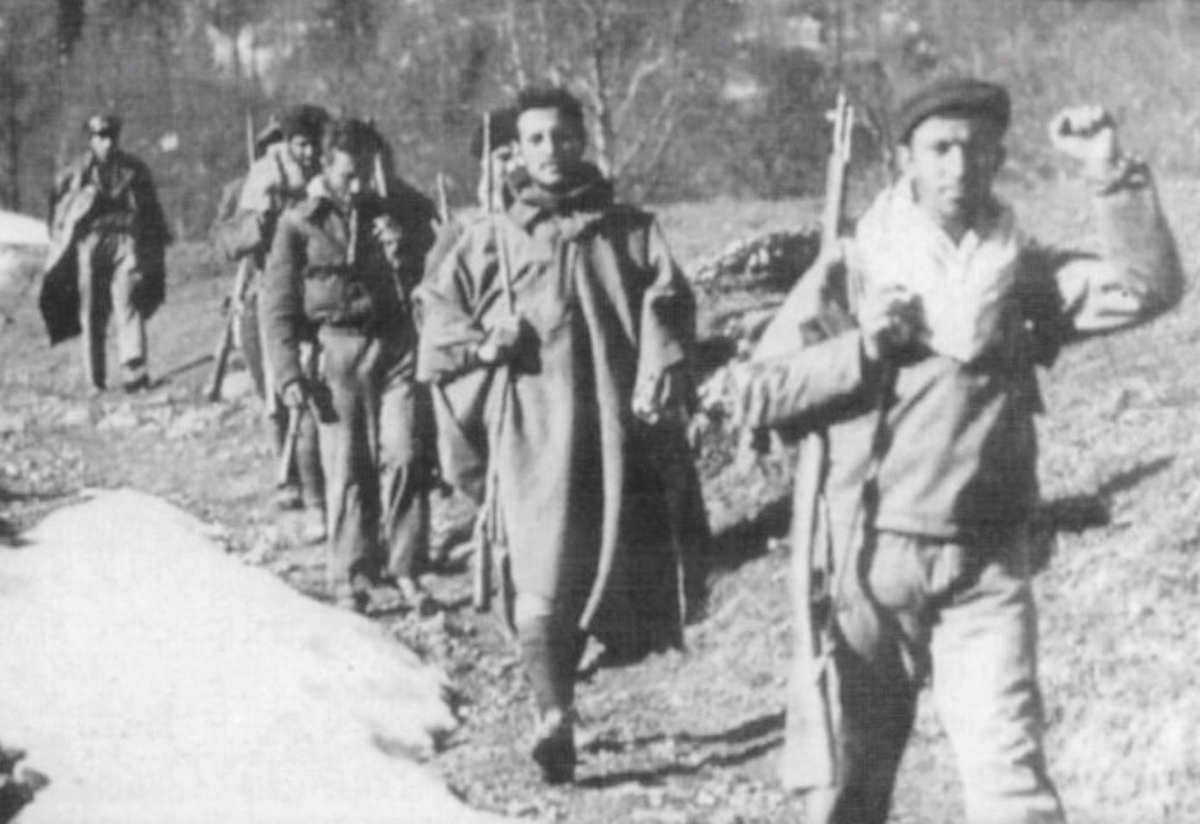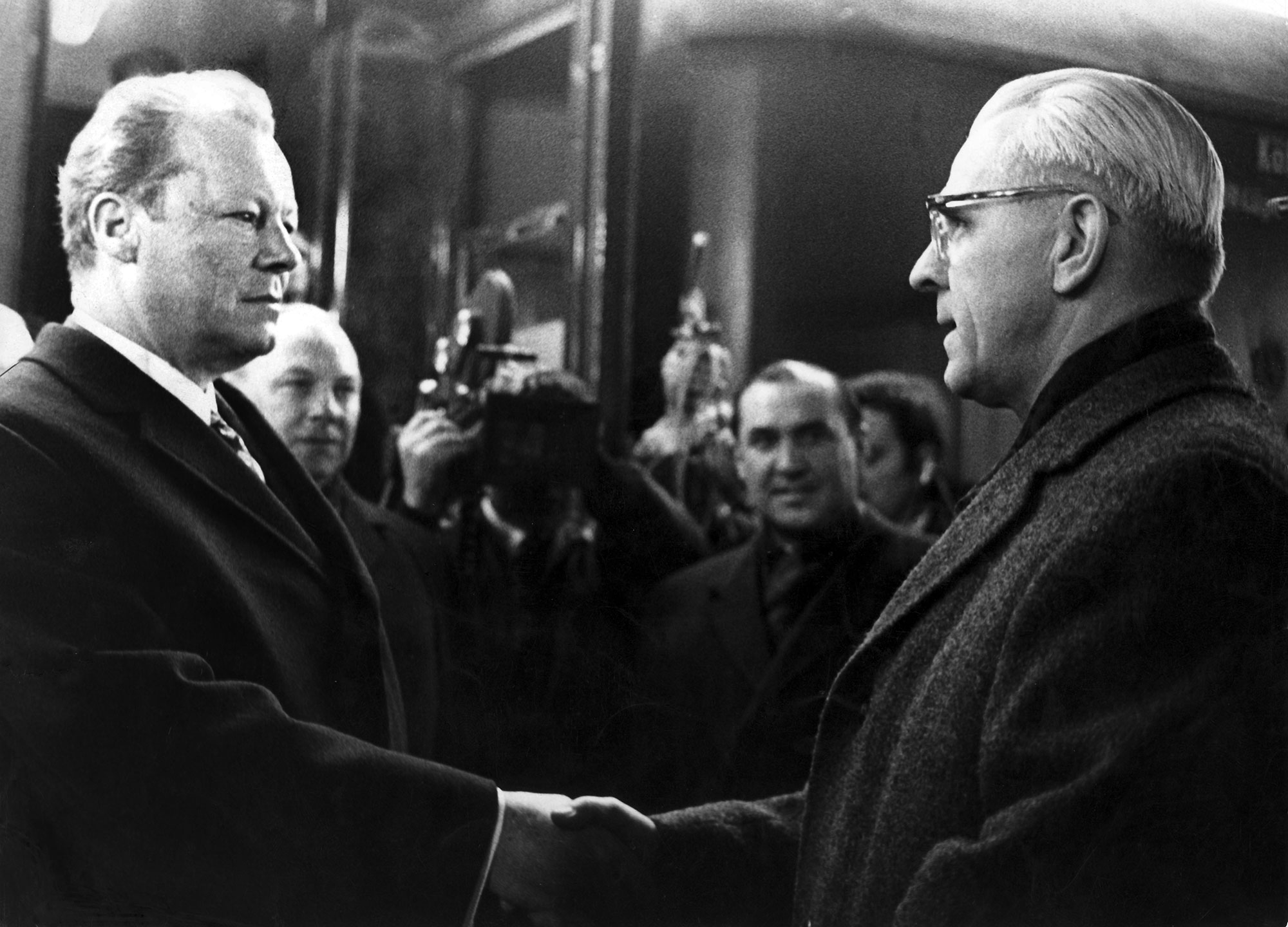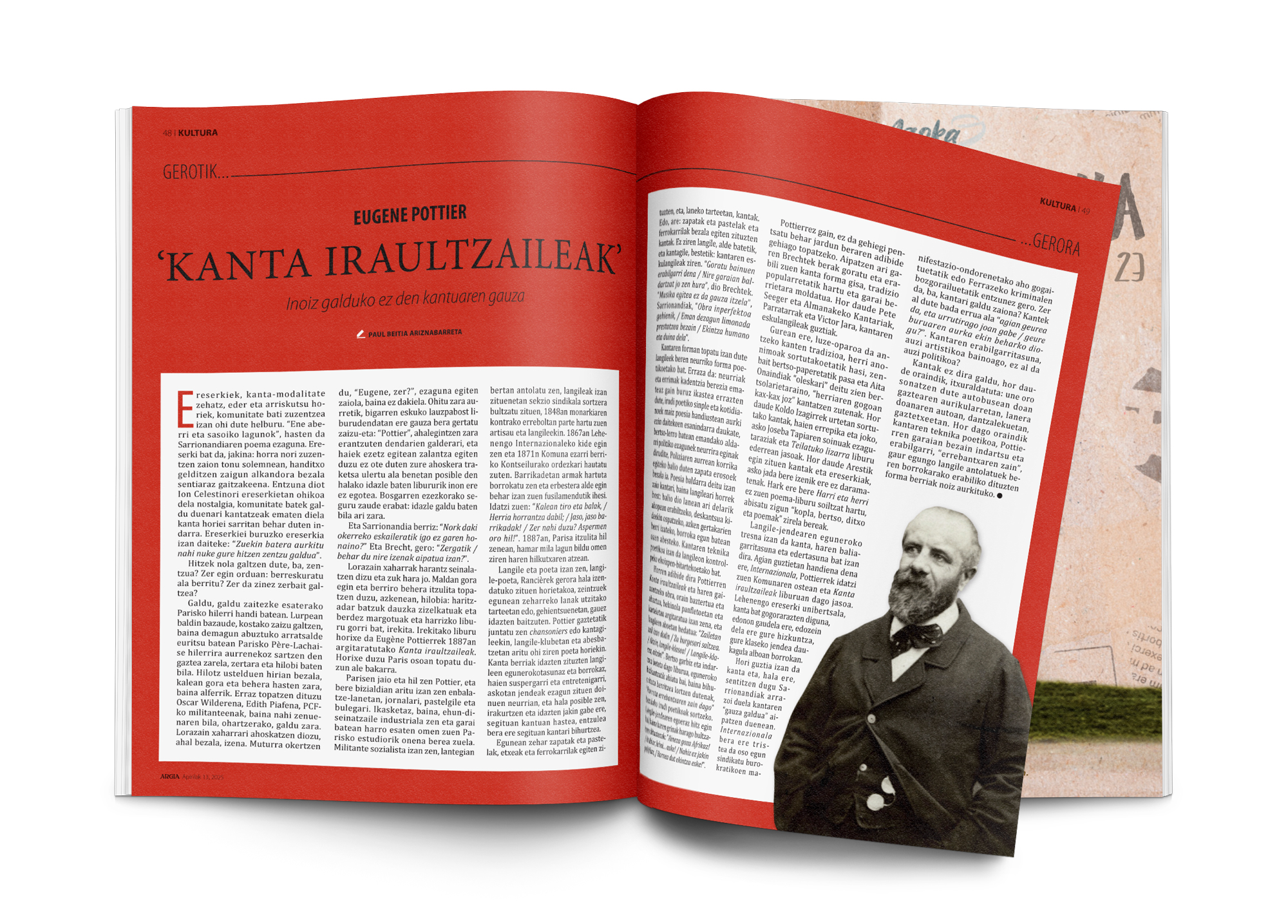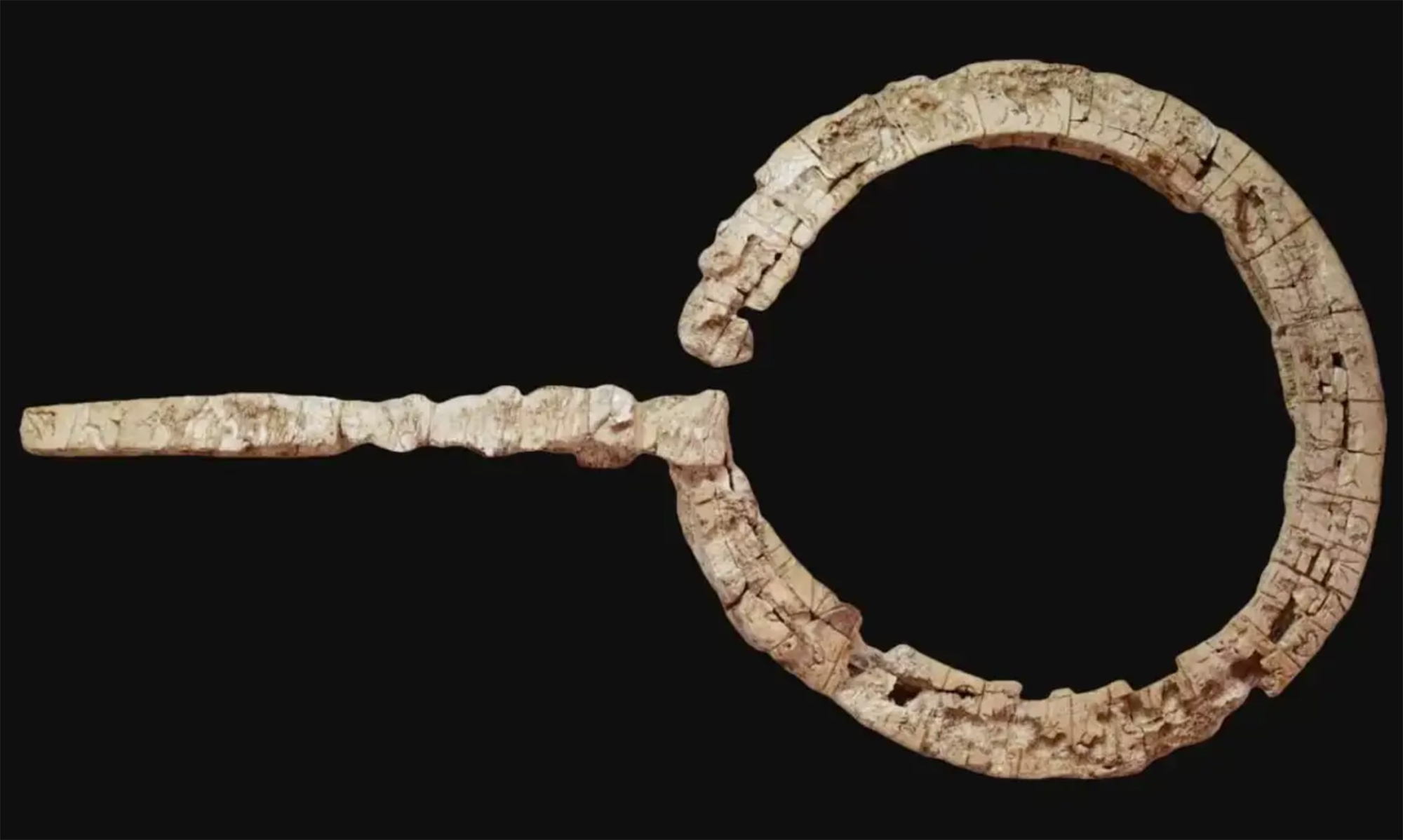Nazis, svastiks and Basque dances
- Basque dancers dancing in tribute to the Nazis in La Perla de Donostia: When I was swimming on the Internet, the desire to write about this topic came up to me with an entry that historian Alberto Santana published on a social network. Along with a short text, he shared several photographs. They featured Basque dancers dancing before the Nazi flags, in the Pearl of San Sebastian. The photos date back to 1941. These are images that immediately attract attention, not attention, but inner agitation. And those that produce amazement. What does a group of ezek dantzaris dancing before the svastiks nazis?

I wasn't the only one, of course, who realized the strength of the figures. The bustle and the debate soon ignited on the net through various comments and opinions: surely the dantzaris were forced to dance, which would be a new insult to the Franco regime, how it was possible that such a tribute could be paid to those who bombed Gernika a few years ago, … victims for some, traitors for others. All this is peppered with political positions (and accusations).
I was curious because behind those images there had to be a much more complex context than what was seen at the naked eye. And for the second time, along with the Svastiks, were on both sides the Phalanx flag and the Carlist flag. And it is known that the Carlists joined Franco and the Falangists.
.jpg)
Therefore, the shortened context is clear: It's 1941, after the Spanish Civil War, the Carlists were on the side of the winners. In the middle of the Second World War, Ipar Euskal Herria (and much of France) was occupied by Nazi Germany. The complicity between Franco and Nazism (to put it in some way) was well known and evident. And although we are sometimes surprised, we cannot forget that in the Carlist party many were Basques, lovers and sponsors of Basque traditions and culture (although from the present point of view it seems absolutely contradictory). Therefore, four threads are joined together and the image no longer comes as a surprise.
Santana gave information about the event in a text written with images, and I have contrasted it with the press and seasonal archives. The event took place on 1 May 1941, in the afternoon, at the Balneario de La Perla de San Sebastián, on the occasion of the visit of several girls of the League of German Girls (Bund Deutscher Mädel-BDM), belonging to the Hitler Youth. In it appear the young dancers of Zarautz, in soka-dantza, along with the girls of the Women's Section.


The celebration was part of the long reception and twinning ceremony organized by the FET of the JONS, especially by the Provincial Directorate of the Women's Section, led by the Nazi philanthropist Pilar Primo de Rivera. The visitors, as has been said, were the nine best students of the BDM School of Command and the celebration was coordinated by the permanent representative of the BMD in San Sebastian, the militant of the Nazi party Analse Schoeder. The start of a seven-week trip throughout Spain was great in Donostia-San Sebastián.
Dantzaris were, as I say, Zarauztarras. At least the dance group of the Zarautz Carlist Circle. In Santana’s words, “Zarautz before the civil war had an excellent group of dancers and Carlist Txistularis, and with all the warring monarchists coming to it, it is normal that they have faced the distinguished visitors of the European right.” It is apparently the same group that danced with the Spanish flag that of the Authority to Franco in 1948 in the resort of San Sebastian before young Nazis a few years earlier.
The visit of German girls was made public in several newspapers of the time, and in the daily Unidad de San Sebastián, for example, one could read:
"At six and a half o'clock in the afternoon the festival of regional dances and songs in La Perla del Mar begins according to the following program: Part One: Regional dances: First, it is patadantza, for the group of Zarauz; second, it is Seville, for comrades of the S.F. ; third, gypsies, by comrades of the S.F. ; fourth, aurrescu, by S.F. comrades and group of espatadantzaris from Zarauz.”

Despite the startling stare (surprising and disappointing), many groups of Basque dances of the time belonged to the traditionalist ideology, F.E.T. (Traditionalist Spanish Phalanx) of that “T”. And they kept dancing during Franco. We cannot forget that through the Phalanx Women's Section many Basque dances were taught to many girls, especially in the cities (this would also give to write a lot, but perhaps on another occasion).
Returning to the Nazis, and following the thread of the matter, we know that La Perla was not an exceptional meeting point between the Nazis and the Basque dances. It probably wasn't the first one; it wasn't the only one, it's safe.
Some of the photographs of the celebration of La Perla were published in the book Gipuzkoa 1940, edited by Ramón Barea Unzueta. In this same book there is another photograph taken in La Perla, entitled "Folkloric Festival in La Pela, Donostia 1941", and although at first glance it seems to be the same act as the previous one, it can be seen that it is from another event or festival: although the group is the same, the Nazi symbol is different and the txistularis, unlike the previous one, are more and are dressed in black jacket and tie. In another photo you also see the group of poxpolines or gorularis dancing in front of the Svastik. It is dated 1941 and is from a folkloric festival that took place in San Sebastian, but I have not found more information about it, I have not been able to locate it.


Nazis in the Basque Country
In connection with this relationship around the Nazis and the Basque dances, I have also brought other stories and anecdotes that have already been published and are therefore known. Because they are linked to the La Perla event in some way and help to better understand its context.
As mentioned briefly earlier, during the Second World War, much of France (including Lapurdi and part of Baja Navarra) was under the occupation of the Third Reich for four years, from June 1940 to December 1944. The other half of Ipar Euskal Herria was occupied by France of Vichy, that is, by the government of General Pétain, a collaborator of the Nazis. Therefore, the Basques and the Nazis lived together for a while, resulting in various relationships and links between them.
About this period of occupation is the documentary A swastique about the Bidasoa, the time when the Nazis occupied Iparralde. But not only those who acted in Iparralde, but also the presence and activities they had in the Basque Country across the border.
The film shows that in the early years of the Nazi occupation of France, the Germans travelled peacefully along the border. On the one hand, Europe was gaining more and more ground (the Germans won the war), and on the other hand, on the other side of the border (here), Franco was his friend. The war front was therefore far away, and the Nazis who moved north lived in calm, on holiday. They had permits to go south, and although today we are very far away, it was not strange to see the Nazis through our streets during a time (especially in Donostia, but also in the villages around). And in this context, the event of the San Sebastian resort took place, which has been mentioned above. In this context of normality.
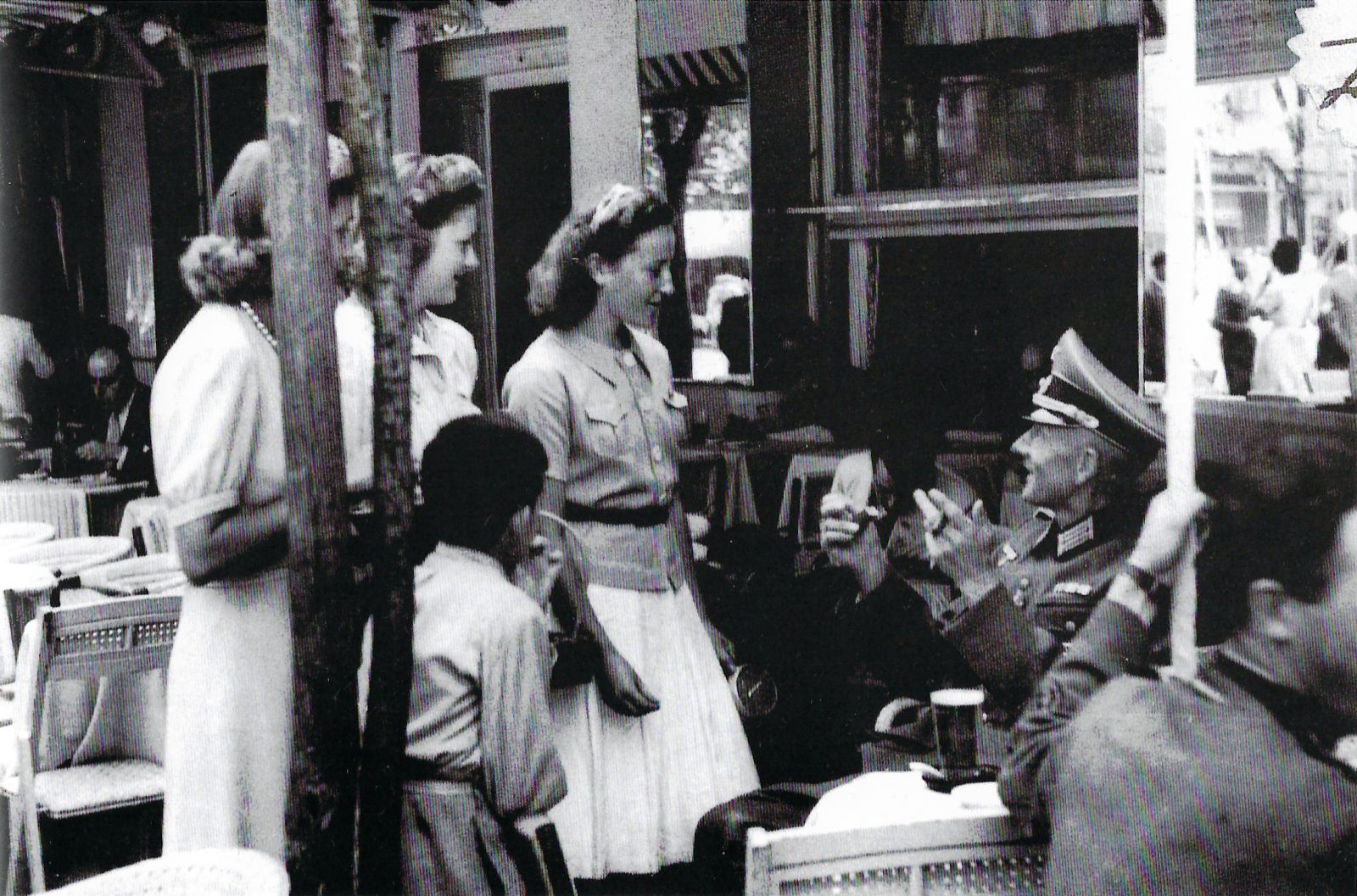

However, we must not forget that only a year earlier, at the end of the Civil War in 1939 (and before its end, of course), many Basques were exiled in the Northern Basque Country fleeing the Franco dictatorship (the French territory at the time was secure). Thus, Iparralde was filled with Basque refugees when the Nazis entered the area.
Surely those young German women who were in La Perla would have found Basque dances strange. Sure. But the Nazis had already learned for themselves about the Basques and our culture. They knew us even before they got to the north. A good example of this is what happened to Segundo Olaeta and his family (which has been published several times in different media, and which I bring here briefly).
The Olaeta in the Northern Basque Country occupied by the Nazis
In 1937 the Olaeta family (and with them Elai Alai Dantza Taldea) were exiled to France. After dancing here and there (among other things, acting alongside Eresoinka in Paris), in 1939, when the Second World War broke out, they went to Armendariz and from there to Cagnott, in the Landes. They were captured there by the German invasion. A few days after the arrival of the Nazis, they received their visit. As he approached the house, one of them asked Segundo Olaeta in clear Basque: “Are you Mr Olaeta?” It was Paul Schmidt, a personal translator for Hitler and an official translator for the Third Reich. He spoke well to the Basque people and appreciated the Basque culture. And he was aware of Elai Alai's activity around Basque dances. He explained that with the occupation he was organizing a conference on Basque culture in a hotel in Biarritz for German officials displaced to Iparralde, and Elai Alai asked him to dance to them. I didn't have many options, of course, Olaeta agreed.
They danced at a hotel in Biarritz. The stage was adorned with Basque motifs (baskets, clubs, balls, ikurriñas…) and also with svastics or Nazi gamma crossings. In the end, they were asked to sing the Basque hymn. Before those responsible for the massacre of Gernika, their native people, they sang “Gora ta gora” among tears (the Nazis knew that Franco was forbidden to sing the hymn). The soldiers raised a applause. “The German people admire the Basque people,” said the high military position.
Once again, the Gestapo asked them to dance an act. They were kind to the dancers, they recognized the Basques, like them, who were Aryan. And that's why they were respected. They danced three times more for the Germans.
Olaeta had an intense activity in Ipar Euskal Herria with various shows, taught Basque dances and opened several dance schools in different villages. However, none of the photographs of those acts for German soldiers, surrounded by svástica and danced, have arrived. Or, at least, they haven't seen any light. But yes, and as an anecdote, of the dances that the Oldarra group (heir of Olaeta) offered to Churchill in 1945, once the war was over in a few years (here you can see the videos). One of the most important figures against the Nazis during World War II, the English Prime Minister, who was on holiday in Hendaia, had the opportunity to dance for him. Until the previous year she had been occupied by the Nazis in the same territory.

Before the book Gipuzkoa 1940, Barea Unzueta also published the book Hendaia 1940. This book publishes several photographs with texts on the life of the Nazis in the North occupied by the Germans. Several stories are mentioned in it, but there is no reference to what Olaeta did in the dance for the Nazis. Nor in the documentary Una Esvástica sobre el Bidasoa, there are no clues about these anecdotes.
Film by Im Lande der Bask, here also svastiks and dances (among others)
The film Im Lande der Basken or The territory of the Basques is one of the tests that demonstrates the sympathy of the Nazis towards the Basques of a time. It is a documentary directed by the German Herbet Brieger, recorded during the Nazi occupation of Iparralde and produced by the UFA (Universum Film AG, the most important film studio in Germany, which was controlled by the Nazis). The documentary is dated back to 1944, when it passed through the Central Rating (Prüfstelle) and allegedly the film was shot between 1940 and 1941, in different places in Iparralde.
The film directed by Brieger, affiliated with the Basque Nationalist Party and showing a comprehensive view of what happened through the filter of Nazi propaganda. It shows landscapes, traditions, rural sports and dances, among others. The film is situated in the context of the Nazis’ attempt to approach Basque nationalism at that time, from the perspective that the Basques responded to ethnic principles that made us brothers of the Germans.
At one point, the film pays special attention to svastics, Basque svastics that appear on some objects. Even though the Nazi black svástica (Hakenkreuzak) today creates us a rejection, before Hitler made this symbol his gamma cross was not a strange thing for the Basques. In fact, it was quite common, and nationalism of the time used it as a symbol of its own (even in times of war). When the svástica became in the eyes of everyone a Nazi symbol, the lauburu was imposed as a Basque symbol, and it has reached the present day (we can talk a lot about the origin and use of these symbols, but it is not the purpose of this article). Therefore, the Germans also focused on our svastics, as an element that united us.

This is a 12-minute documentary in which the film will dedicate much of these minutes to the game of the ball. Next, the last chapter of the film has as its protagonist the Basque dance, one of the symbols of the traditional Basque culture. There are four dancers who come together with the accordionist, two pairs of men and women, dancing the fandango while the voice says: “As in the game of the ball, there are also emotions related to national dance. From a young age, boys and girls learn to dance arin-arin, mutxiko and fandango.” In 2016, the part of the dance of Im Lande der Basken was published here, in a brief introduction on this subject https://dantzan.eus/bideoak/im-lande-der-basken-1944-fandangoa, in which it is mentioned that the accordionist is Kornelio Elizalde (Lesaka, 1904-San Juan de Luz 1975). However, there is no reference to the historical context of the film, and that is what we wanted to bring to this article, along with the rest of the information.

Polyhedral reality
By chance, in this Aberri Eguna I took time to finish this text that I started writing a few months ago and that I halted. In today’s celebrations we have seen dancers participating in different events (or wearing events), and we know that the presence of dancers in these kinds of events is very common. Since the beginning of the 20th century, Basque dances have been used as a propaganda tool (there is only to see the images of the time, posters, etc.). ). I am not saying anything new about the role that dances played in the spread of Basque nationalism. Who does not have in mind the presence of ezek dantzaris from different points of Euskal Herria, in the first Aberri Eguna held in Bilbao in 1932.
But although we relate the Basque dances with Basque nationalism (and that is why we are struck by the images of the Basque dancers in front of the Nazi svástica or the symbols of the phalanx), the reality is that the Basque dances were used on all sides (as in the post-war period the Women’s Section used with certain criteria, or as in the Franco celebrations the dances typical of the Carlists).
The aim of this article is not to make a political reading of the relationship between the Basque dancers and the Nazis. No, of course, to judge this issue from the current (and often too simplistic) view. However, to better understand these images, we will go into context. And this text is an attempt.
Therefore, contradictions, astonishment, those Zarauztarras dancers before the Nazis symbols in La Perla de San Sebastián do not seem forced by anyone. They are just one more example of the polyhedral reality (eta den) (euskal).
Sources:
(1) About Basque Country (2011-04-18).The vacation of sir winston churchill in Iparralde + his fondness to painting = 300,000 pounds [Blog post]. Taken from here.
(2) Colloquium with Alberto Santana (04-01-2022).
(3) Andrés, Alfonso and Barajas, Javier (directors) (2013).Una Esvástica sobre el bidasoa [Documentary film]. RTVE, ETB
(4) Auñamendi Eusko Entziklopedia (Bernardo Estornés Lasa Fund).
(5) Yesterday Hitlerian Women's Youth came to our city. (01-05-1941).El Diario Vasco, p. 1.
(6) Barea Unzueta, Ramón (2001) Hendaya 1940. Donostia-San Sebastián: Oh my God! Barea, L.G.
(7) Barea Unzueta, Ramón (2003). Guipúzcoa 1940. Donostia-San Sebastián: Oh my God! Barea, L.G.
(8) Brieger, Herbert (director) (1944).Im Lande der Basken [Documentary film]. Germany: UFA.
(9) Dantzan.eus.
(10) Photo Gallery Kutxa (Fondo Marín).
(11) German youth in San Sebastian. (01-05-1941). Unit, Journal of Traditionalist Spanish Phalanx and J.O.N.S., Page 2
(12) López Echevarrieta, Alberto (2011). Victor de Olaeta (1922-2007): Musician, dantzari and choreographer. Bilbao: Bilbao Bizkaia Kutxa.
(13) Martinez, Cristina (2017). Felipe Oyhamburu, an entire life dedicated to Basque culture. Dantzaris, 62 (31-32).
(14) German girls in San Sebastian. (01-05-1941). The Voice of Spain 4.or.
50 urte bete dira Polizia frankistak Mikel Gardoki Azpiroz ETApm-ko kidea tirokatuta hil zuenetik. Egiari Zor fundazioko kideek eta Gardokiren kide Juan Miguel Goiburu Mendizabal 'Goiherri'-k hartu dute parte ekitaldian.
Washington, D.C., June 17, 1930. The U.S. Congress passed the Tariff Act. It is also known as the Smoot-Hawley Act because it was promoted by Senator Reed Smoot and Representative Willis Hawley.
The law raised import tax limits for about 900 products by 40% to 60% in order to... [+]
During the renovation of a sports field in the Simmering district of Vienna, a mass grave with 150 bodies was discovered in October 2024. They conclude that they were Roman legionnaires and A.D. They died around 100 years ago. Or rather, they were killed.
The bodies were buried... [+]
My mother always says: “I never understood why World War I happened. It doesn't make any sense to him. He does not understand why the old European powers were involved in such barbarism and does not get into his head how they were persuaded to kill these young men from Europe,... [+]
Until now we have believed that those in charge of copying books during the Middle Ages and before the printing press was opened were men, specifically monks of monasteries.
But a group of researchers from the University of Bergen, Norway, concludes that women also worked as... [+]
Florentzia, 1886. Carlo Collodi Le avventure de Pinocchio eleberri ezagunaren egileak zera idatzi zuen pizzari buruz: “Labean txigortutako ogi orea, gainean eskura dagoen edozer gauzaz egindako saltsa duena”. Pizza hark “zikinkeria konplexu tankera” zuela... [+]
Ereserkiek, kanta-modalitate zehatz, eder eta arriskutsu horiek, komunitate bati zuzentzea izan ohi dute helburu. “Ene aberri eta sasoiko lagunok”, hasten da Sarrionandiaren poema ezaguna. Ereserki bat da, jakina: horra nori zuzentzen zaion tonu solemnean, handitxo... [+]
Linear A is a Minoan script used 4,800-4,500 years ago. Recently, in the famous Knossos Palace in Crete, a special ivory object has been discovered, which was probably used as a ceremonial scepter. The object has two inscriptions; one on the handle is shorter and, like most of... [+]
Londres, 1944. Dorothy izeneko emakume bati argazkiak atera zizkioten Waterloo zubian soldatze lanak egiten ari zela. Dorothyri buruz izena beste daturik ez daukagu, baina duela hamar urte arte hori ere ez genekien. Argazki sorta 2015ean topatu zuen Christine Wall... [+]



